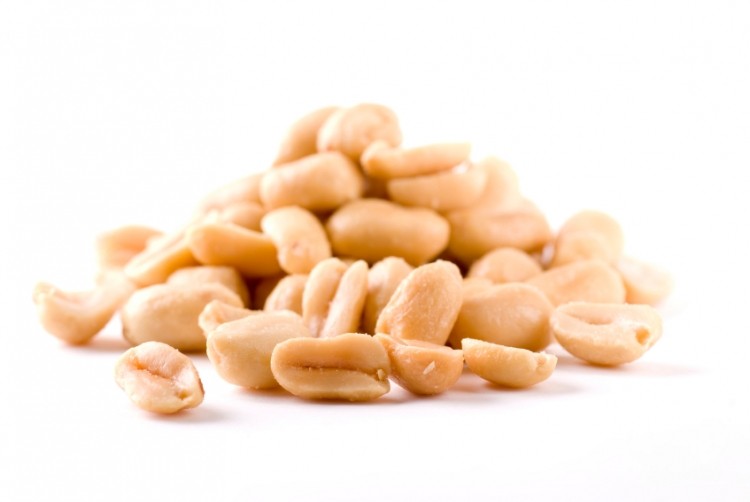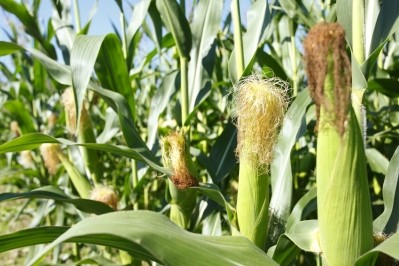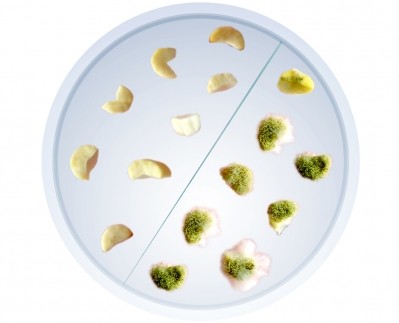EU audit finds ‘risk of failure’ in Chinese peanut aflatoxin controls

The Directorate-General for Health and Food Safety audit in June 2017 was prompted by the number of Rapid Alert System for Food and Feed (RASFF) notifications related to aflatoxin in peanuts from China.
The team visited official CIQ Technical Centre laboratories of Shandong and Jilin, five private peanut processor's labs, four farmers and seven processors and exporters.
An EU audit in September last year also found deficiencies with the US system to prevent aflatoxin contamination in pistachios it sends to Europe.
Continued detection of aflatoxin in peanuts
Notifications in RASFF for aflatoxin contamination in peanuts were 49 in the first quarter of 2017, 49 in 2016 and 90 in 2015. This year 12 notices have been published.
Several past alerts were due to absence of the necessary health certificate at import control or use of fraudulent certificates.
The audit team noted reports after RASFF notification only focus from reception of raw materials to loading of the container at processor level, but no comments are made about investigations on shipping and transportation conditions (timing, loading locations in the sea vessel, temperature controlled and/or recorded, etc.).
“Despite repeated requests from the audit team concerning the RASFF notifications related to the absence, improper or fraudulent health certificates, no information…related to the use of fraudulent certificates was provided (findings, actions taken to prevent it and sanctions applied).”
Commission Regulation (EC) No 1881/2006 sets mycotoxin limits for aflatoxin B1 and the sum of aflatoxins (B1, B2, G1 and G2) for groundnuts (peanuts).
Following repeated aflatoxin in peanuts from China, Regulation (EU) No 884/2014 imposed special conditions on import. It applies to groundnuts (peanuts) in shell, shelled, peanut butter and groundnuts (peanuts) otherwise prepared or preserved (intended for food).
The national standards of China set limits for aflatoxin B1 in peanuts and their products for local consumption at 20 μg/kg.
A previous audit concerning mycotoxins in peanuts in 2011 contained four recommendations that authorities addressed.
Nationally, the Entry-Exit Inspection and Quarantine Institutions (CIQs) have more than 200 technicians dedicated to control of peanuts (including monitoring of aflatoxin contamination).
Producer and role of HACCP
Food producers that export must establish a food safety and hygiene control system based on Hazard Analysis and Critical Control Points (HACCP). Validation of the HACCP plan is not mandatory for processors of exported peanuts.
Chinese authorities said the HACCP system focuses on critical control points such as inspection of raw materials upon delivery and selection of peanuts for processing.
“We plan to rectify and improve the following two aspects. First, conduct further scientific analyses on risk factors of aflatoxin contamination and establish HACCP and critical limits,” it said in response to the audit findings.
“Second, strengthen the inspection and verification of the HACCP system for enterprises producing peanuts intended for export and ensure that corrective measures are in place and relevant records are properly made.”
All processors visited by the audit team combined manual with electronic colour sorting equipment.
There is no direct official supervision of the loading and sealing of containers sent to the EU but operators are requested to take pictures.
“Official controls only focus on the GMPs at processing stage and official sampling of consignments intended to be exported at factory level. This does not guarantee compliance with good practices prior to processing or preservation of the integrity of peanuts after their last sampling and until their delivery,” said the audit report.
“The current official checks of the relevance and details of the HACCP plans of the operators do not guarantee that all sources of development of aflatoxin contamination have been identified and the preventive and corrective measures identified and documented.”
Analytical aspect
MoA risk monitoring found 2.4% of samples tested after harvest were contaminated in 2016.
Chinese authorities said they had ‘spared no efforts’ in perfecting controls of aflatoxin in peanuts for export and the current system was ‘quite effective’ in its implementation.
“First, relevant departments of Chinese agricultural authorities and CIQs will continue to strengthen communication and cooperation so as to ensure seamless connection of supervision and management in every phase; second, we are working in conjunction with the EU’s Directorate-General for Trade on constructing a system of pre-export controls for peanuts.”
Shandong and Jilin CIQ labs used the analytical method GB/T 18979-2003 with High Performance Liquid Chromatography (using UV post-column derivatization with fluorescence detection). LC-MS-MS can also be used as a confirmation method.
Shandong CIQ lab performed 4,110 analyses in 2016 (six exceeding limits) for aflatoxins in peanuts intended to be exported to EU.
Jilin CIQ lab performed 71 analyses in 2016 for detection of aflatoxins in peanuts intended for export and only one exceeded the limits.
Limit of detection of the method (LOD) is 0.3 μg/kg and limit of quantification (LOQ) 1 μg/kg.






